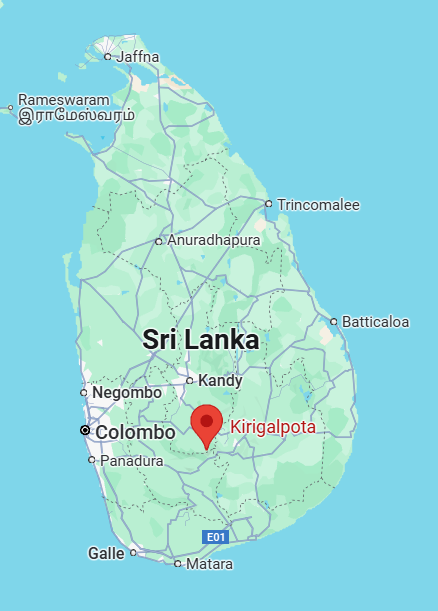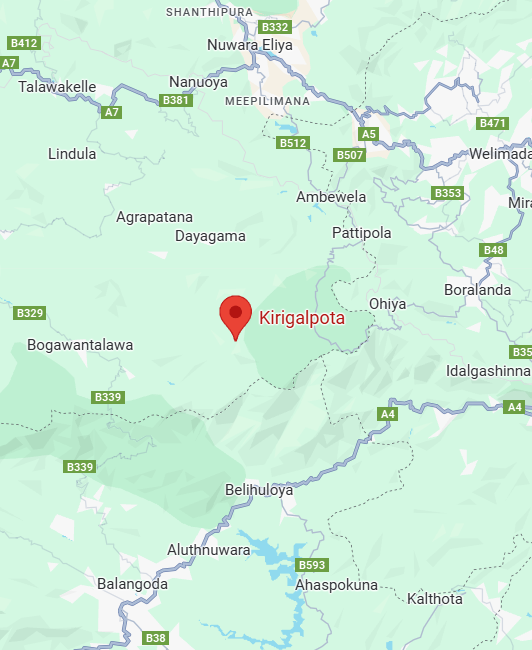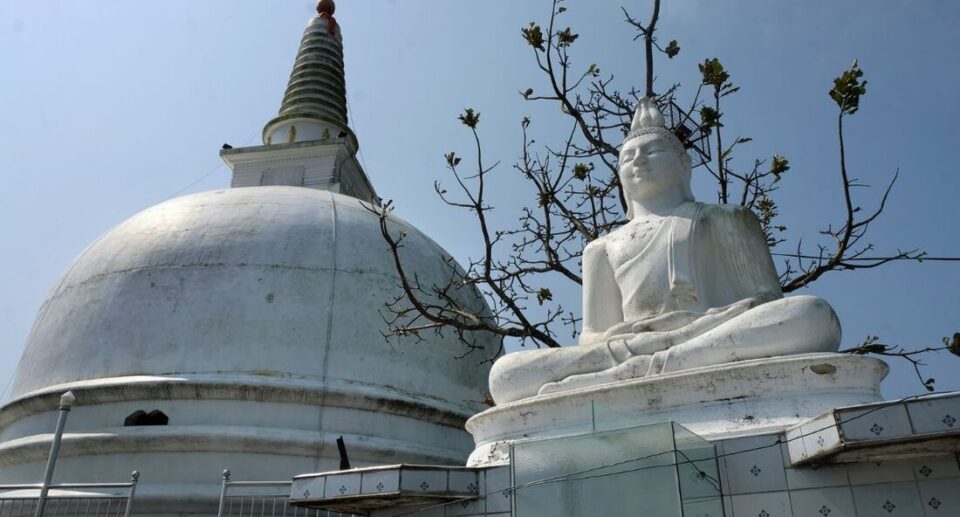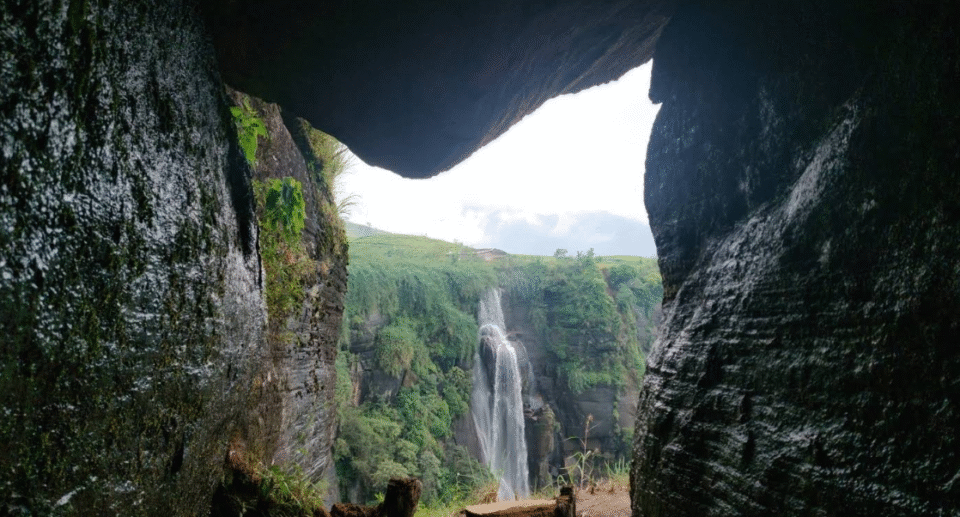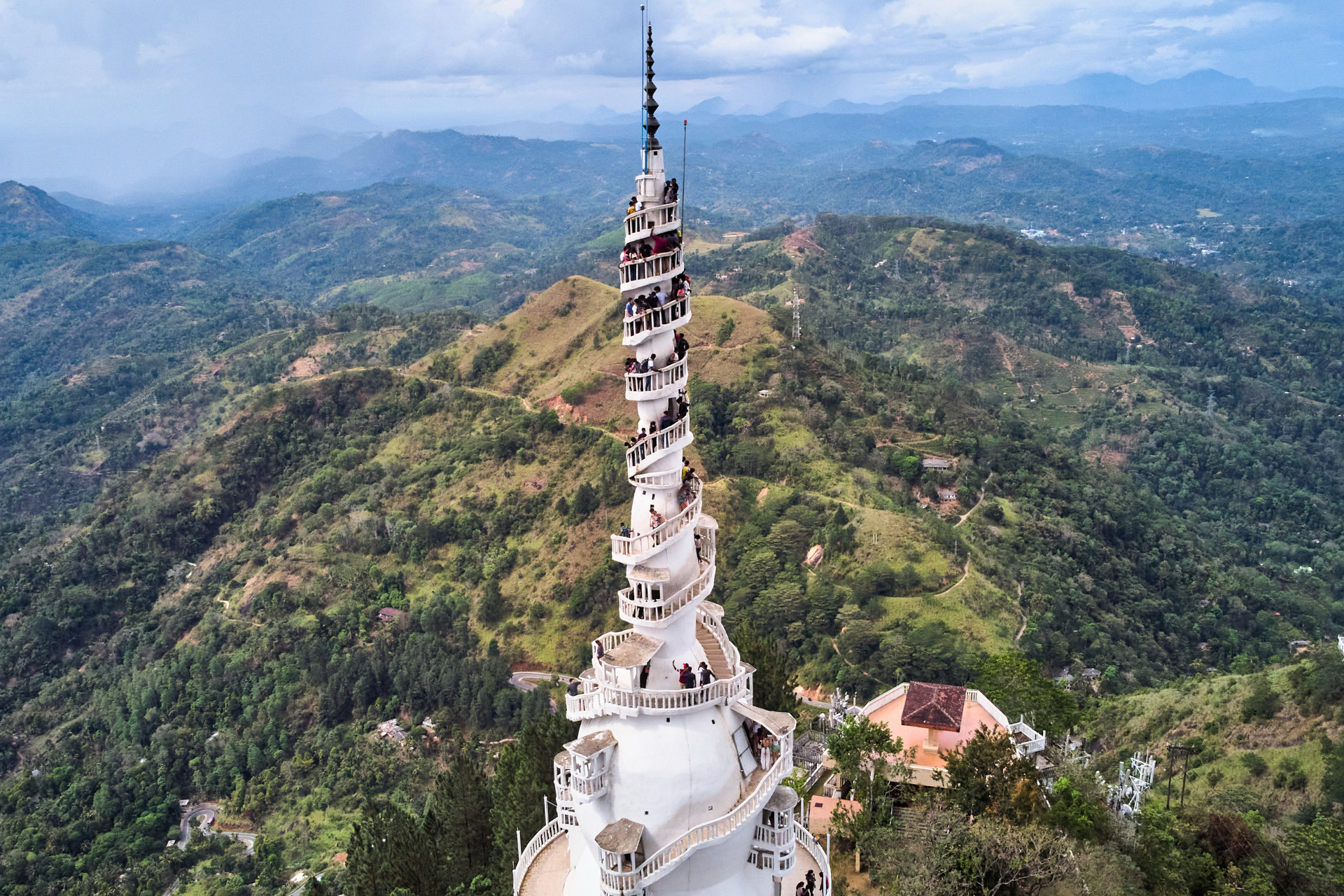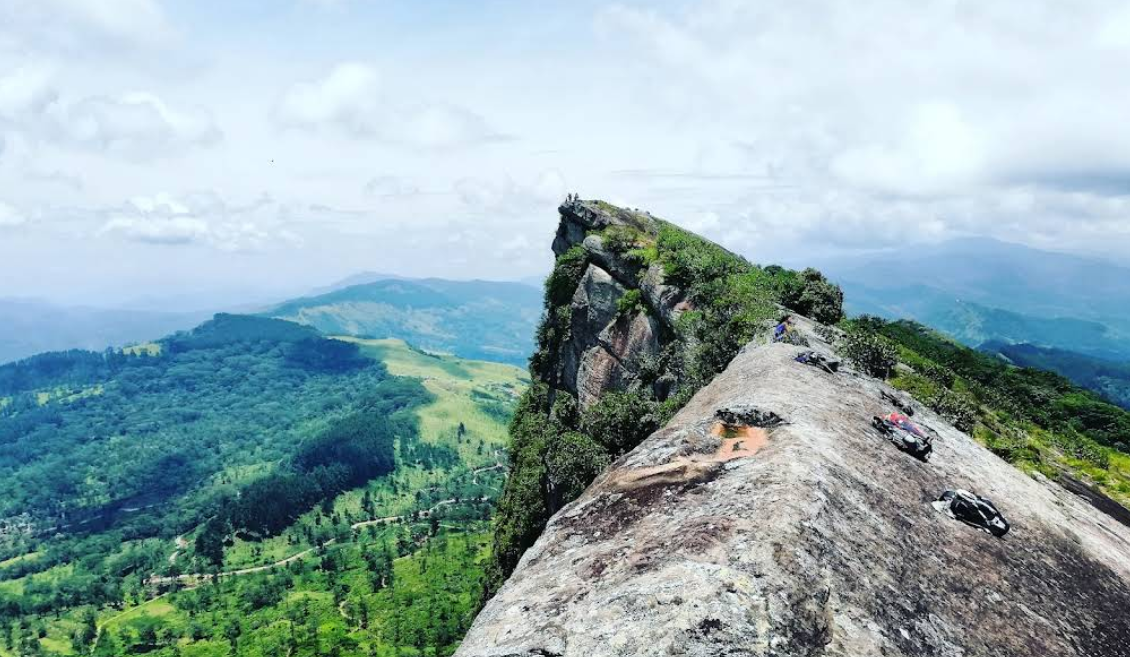Kirigalpotta: Trekking to Sri Lanka’s Second-Highest Peak
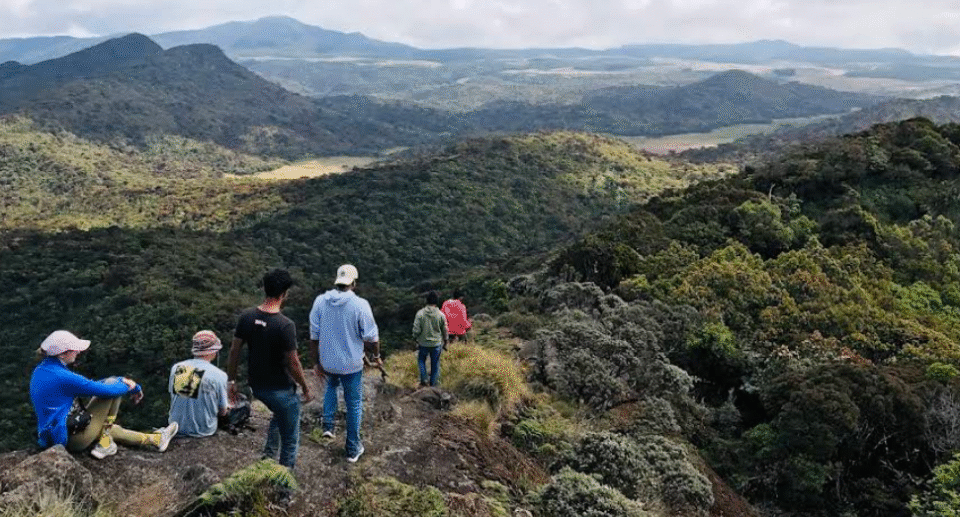
Sri Lanka, an island famous for its natural beauty, diverse ecosystems, and historic importance, offers many opportunities for nature enthusiasts and adventure seekers. One such opportunity is Kirigalpotta, the second-highest mountain in the country. At 2,388 meters (7,835 feet) above sea level, Kirigalpotta is the tallest mountain in Sri Lanka accessible to the public, as the tallest mountain, Pidurutalagala, is located in a protected military zone. Situating in the Horton Plains National Park of the Central Highlands, Kirigalpotta provides not only a physical challenge but also the rare opportunity to see Sri Lanka’s cloud forests, montane flora and fauna, and panoramic views from its summit.
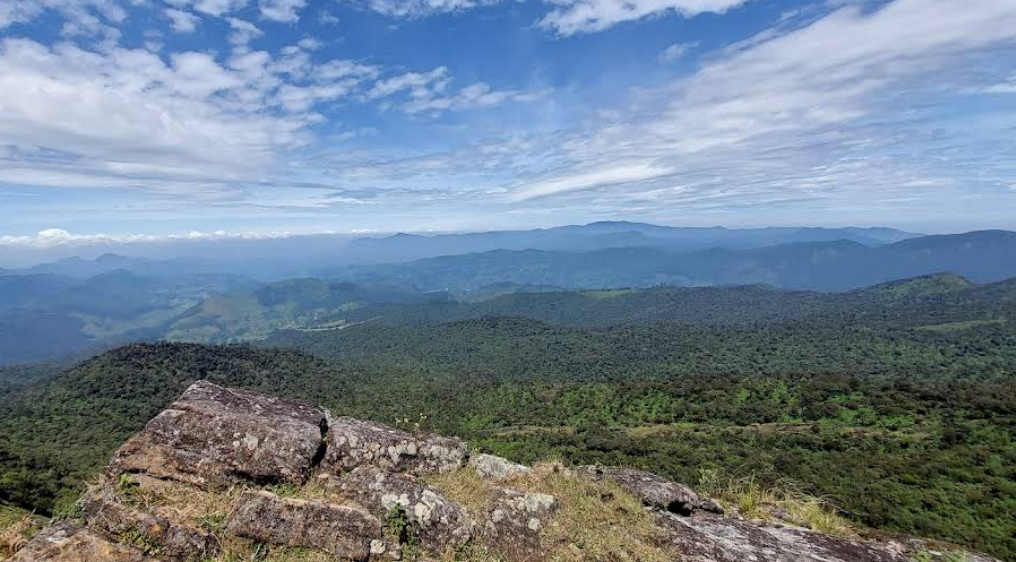
Geographical and Ecological Importance
Kirigalpotta is situated in the Nuwara Eliya District, in the Horton Plains National Park, which is a UNESCO World Heritage Site. The Horton Plains plateau is identified by its cool climate, high-level flora, and unique fauna. It is also the origin of three of Sri Lanka’s main rivers—the Mahaweli, the Kelani, and the Walawe. As the tallest mountain in the region, Kirigalpotta has a profound effect on the local environment, with an impact on climatic conditions and as a catchment area.
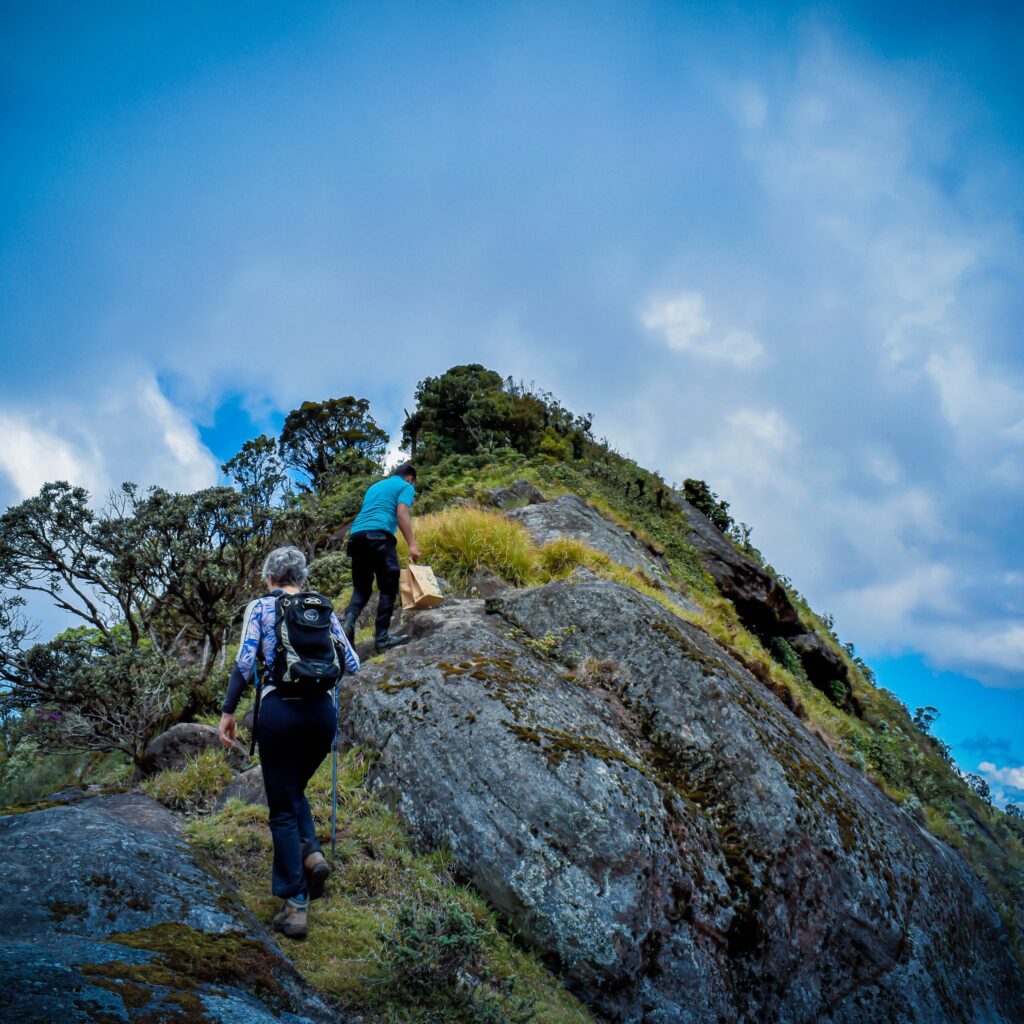
Its name “Kirigalpotta” literally translates as “rocky flat” or “stone plateau,” a reference to the mountain’s rocky summit. It is surrounded by cloud forests, montane grasslands, and misty valleys—a stark contrast to the tropical lowlands most travelers associate with Sri Lanka.
Trekking to Kirigalpotta
The trekking to the summit of Kirigalpotta begins at Horton Plains, specifically at the Pattipola Entrance of the national park. It is a 7-kilometer path (one way), and the entire hike typically takes 5 to 6 hours back and forth, depending on one’s pacing and weather conditions.
Unlike the more popular World’s End Trail in Horton Plains, the Kirigalpotta trail is less crowded, offering a closer and more serene hiking experience. The trail winds its way through dense forests, open grasslands, marshy wetlands, and finally to rocky outcrops at the peak. Trekkers often encounter misty glades, the haunting cries of endemic birds, and the occasional sighting of wildlife like sambar deer or lizards sunning themselves on rocks.
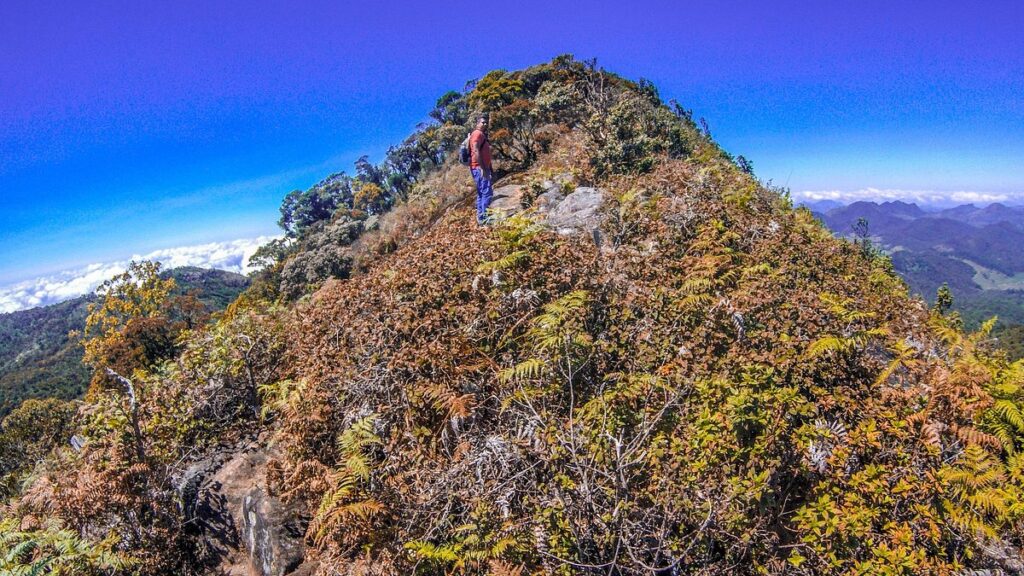
The final section of the ascent is somewhat steep but not challenging, and the top is worth the effort. On a clear day, the top offers a 360-degree panorama of Sri Lanka’s central highlands, with glimpses of Totapola Kanda (the third-highest peak), Adam’s Peak, and the Knuckles Mountain Range in the distance.
Flora and Fauna
The biodiversity of Horton Plains is one of the main highlights of the Kirigalpotta trek. Horton Plains contains a very high level of endemic species, from plants, birds, amphibians to mammals.
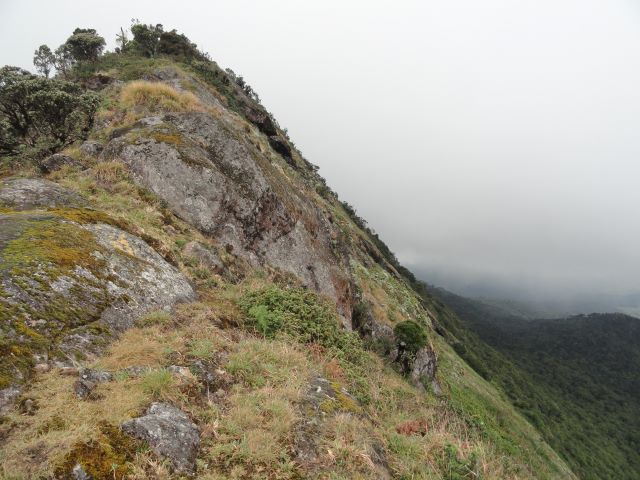
Flora: The trek traverses two broad vegetation zones:
Montane cloud forests – Dense, mossy forests with tree species including Calophyllum, Strobilanthes, and rhododendrons.
Open grasslands – The plains are covered with native grasses and herbaceous vegetation. Many endemic orchids bloom along the trail, especially between the months of February and April.
Fauna: Trekkers can spot:,Sambar deer, regularly grazing early in the morning. Purple-faced langurs and Toque macaques. Birds such as the Sri Lanka whistling thrush, yellow-eared bulbul, Sri Lanka bush warbler, and Sri Lanka white-eye. Reptiles and amphibians, many of which are found nowhere else on this planet., Leeches can be a nuisance during the wetter months, and trekkers should take measures.

Best Time to Visit
The ideal months to hike Kirigalpotta are between December and April, which is the dry season in the central highlands. The skies are clear, trails are dry, and the view from the summit is clear during these months. July and August can also be suitable months, although with some intermittent showers.
Monsoon periods (May–June and October–November) make the trail misty and slippery, reducing visibility and encouraging leech breeding.
Preparation and Tips for Trekkers
- Permits:
Trekkers require an entry permit to Horton Plains National Park, which includes the Kirigalpotta trail. - Start Early:
Begin your trek early (6:30–7:00 AM) to avoid afternoon rain and complete the trek in daylight. - Dress and Gear:
Wear sturdy hiking boots with good tread.,Take leech socks or use leech repellent, especially in the wet season.,Take a raincoat, warm clothing, and drinking water.,Take trekking poles if balance is needed.
- Navigation:
Although the trail is very well-marked, it is advisable to take a local guide for novice hikers or solo hikers, especially if the weather turns bad. - No Facilities on Trail:
There are no water sources or resting places on the trail, and trekkers must carry all their needs.
Sustainability and Conservation
Kirigalpotta is located in one of Sri Lanka’s most conserved and ecologically sensitive regions. The Horton Plains ecosystem is under constant threat from invasive species, unchecked tourism, pollution, and climate change. Trekkers must observe Leave No Trace principles:
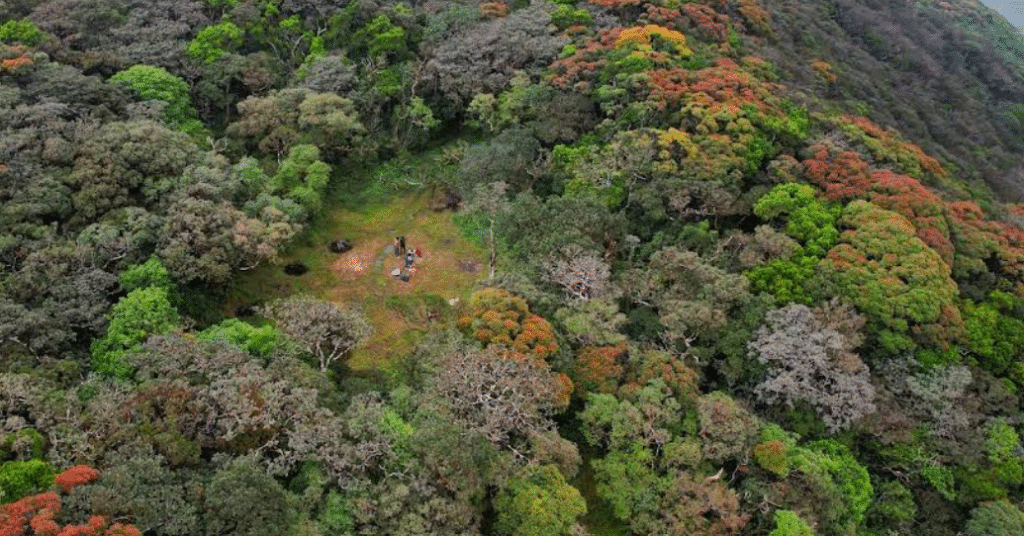
Pack out all litter., Do not harass wildlife., Stick to the marked trail to avoid causing harm to the sensitive habitats.
By respecting the nature, individuals who hike assist in keeping this natural treasure for future generations.
Cultural and Symbolic Value
Though Kirigalpotta is not as culturally significant as Adam’s Peak (Sri Pada), it is nevertheless symbolically significant to Sri Lankans as a representative of the island’s natural beauty and biodiversity. For Sri Lankan trekkers, it’s a rite of passage and personal achievement to ascend the nation’s highest openly accessible summit.
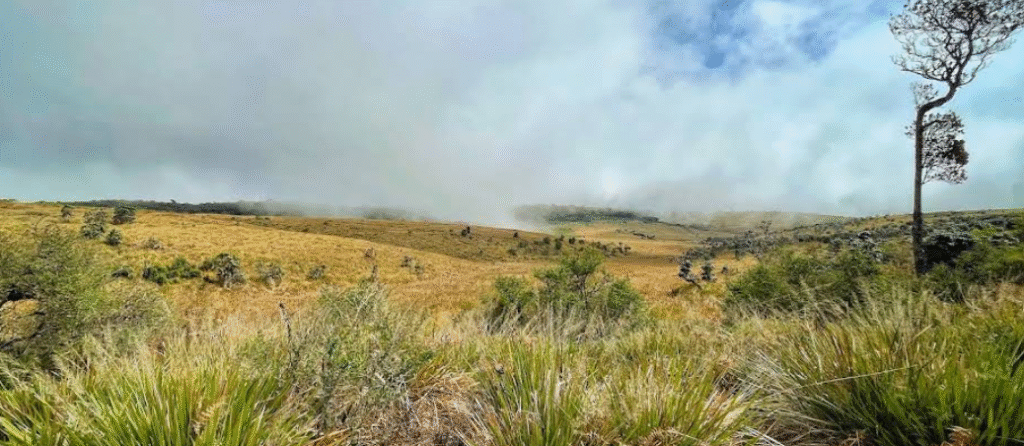
Also, the sense of solitude and communing with nature that Kirigalpotta offers resonates profoundly in the Buddhist and indigenous regard for nature, which is at the very core of Sri Lanka’s identity.
Kirigalpotta is more than a mountain; it is a gateway to Sri Lanka’s unique ecology, climate, and natural heritage. As the country’s second-highest mountain and the highest one open to the public, it offers adventure as well as peace. The trail, with its blend of wild beauty and meditative quiet, issues an appeal to not only seasoned trekkers but to any individual seeking a deeper connection with nature.
Whether you are a visitor exploring Sri Lanka’s uncharted trails or a local hiker chasing personal milestones, a journey to the summit of Kirigalpotta is a fulfilling and humbling experience—one that subjects you to the wild, untamed beauty of Sri Lanka’s central highlands.
